Somaliland, the northern de facto autonomous state in Somalia, which has seen strife and conflict since independence in 1960, has a hidden archeological treasure depicting a nomadic history dating back thousands of years.
Somaliland is located in one of the most strategic parts of Africa, on the Gulf of Aden. This northern region is part of an ancient world that archeologists have barely begun to explore—where treasures may abound, in both Somaliland and Puntland.
In recent years, Somalia has become better known for its ethnic clan conflicts, al-Shabaab Islamists, pirates on the high seas, kidnappings, and bad governance. Devastating drought and famine have added to the humanitarian disaster that has sent thousands of Somalis fleeing to refugee camps in nearby Kenya.
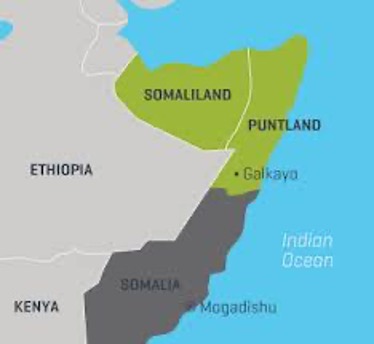 Somaliland, Photo: Ethan Zuckerman.com
Somaliland, Photo: Ethan Zuckerman.com
Somalia’s 2,000 mile coastline was a primary trading route at the time of the Pharaohs, with ships stopping regularly to trade goods and take on supplies. Somalia was on the spice route to the Far East and India—a key to the Arabian trade link with Africa. Stories abound regarding the three wise men, which brought gifts to baby Jesus, including frankincense and myrrh--the best in the world—coming from the hills of Somaliland, formerly known as the “Land of Punt”.
A French-Egyptian archeological team recently discovered the remains of a 4,500 year old Egyptian harbor at Wadi el-Jarf, on the Red Sea coast. The port is being linked to ancient Egyptian mining operations that included copper, turquoise and other minerals brought from the South Sinai. The port also has led to speculation that it was used for voyages to the mysterious Land of Punt in Somalia.
On March 29, 2013, I visited the Laas Geel caves, an archeological treasure of ancient rock art, located in ten areas of a large granitic outcrop. I was in awe with the condition of the vibrant paintings—ancient cliff dweller art--in pristine condition, as if executed yesterday. The dry climate has helped to preserve these magnificent cave paintings, depicting nomadic life over 5,000 years ago. Some of the rock art shows nomadic herders worshipping their cows.
A French archeological team in 2002 discovered these isolated caves, guided by local villagers whose ancestors had known about the caves existence for generations.
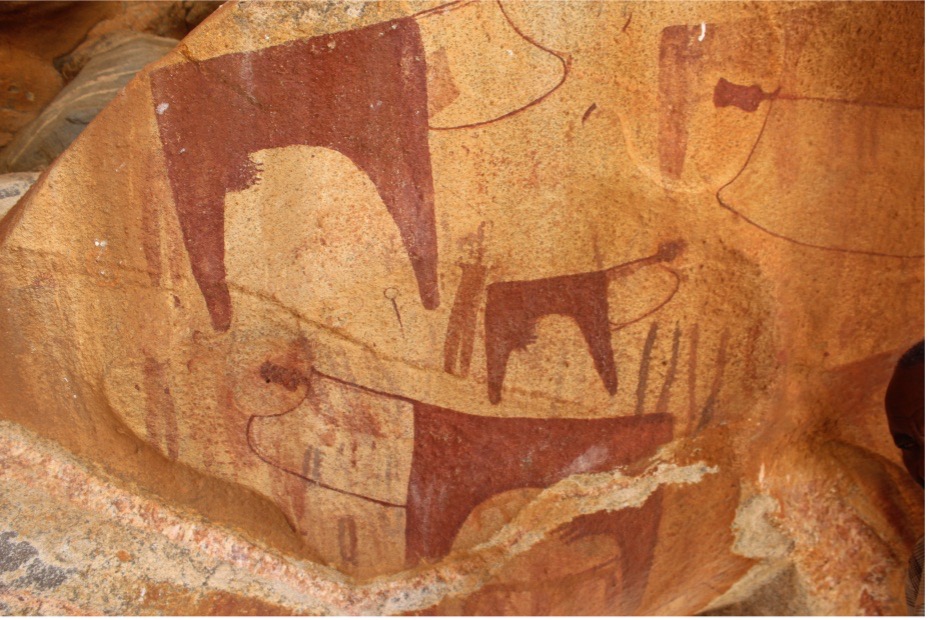 Laas Geel caves, near Hargeisa, Somaliland, Photo: John Price
Laas Geel caves, near Hargeisa, Somaliland, Photo: John Price
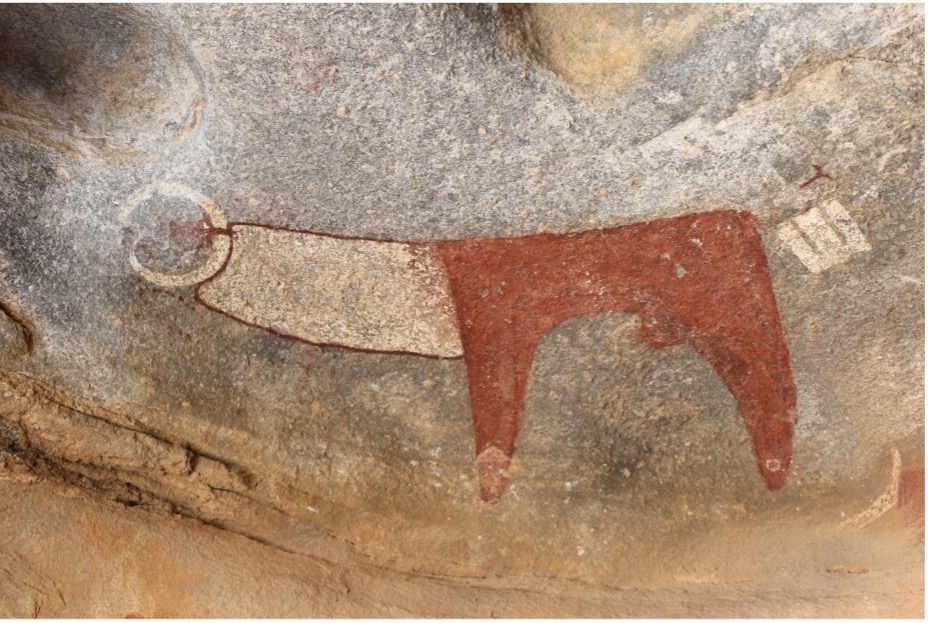
Laas Geel caves, near Hargeisa, Somaliland, Photo: John Price
Somaliland’s well-preserved Laas Geel cave paintings are similar to the Paleolithic Lascaux cave paintings, located thousands of miles away near Montignac France. Discovered in 1940, they are reputed to be 17,000 years old.
The Laas Geel cave paintings are also similar to the Altamira cave paintings discovered in the Cantabria region of northern Spain in 1880. They have been referred to by archivists as the “Sistine Chapel of Paleolithic art”, depicting life 18,000 years ago. Many of the scenes at Altamira are centered on bison, bulls and other animals prevalent in Europe at the time.
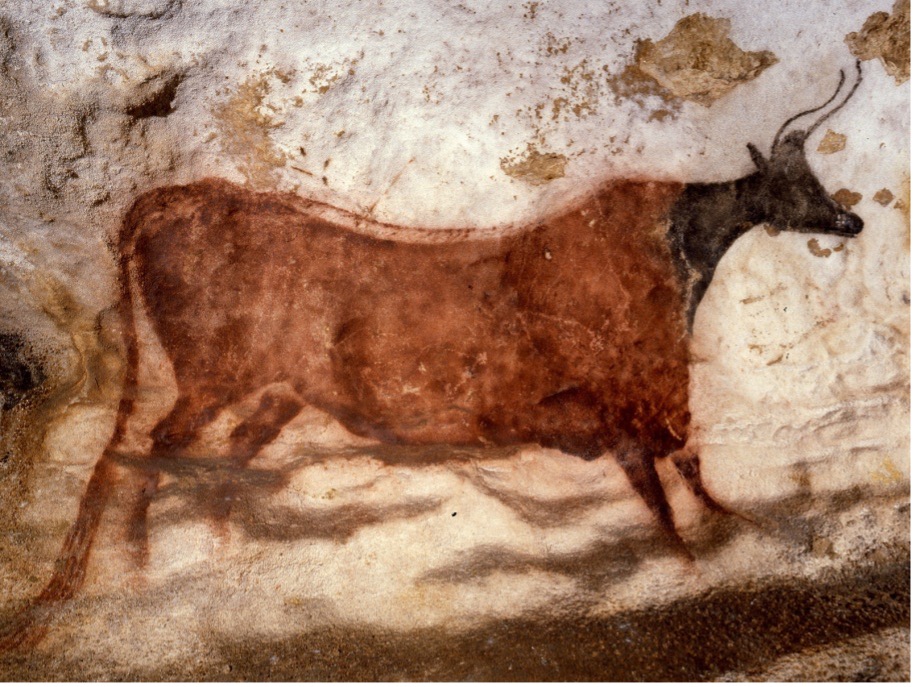 Lascaux caves- Montignac, France, Photo: France Ministry of Culture
Lascaux caves- Montignac, France, Photo: France Ministry of Culture
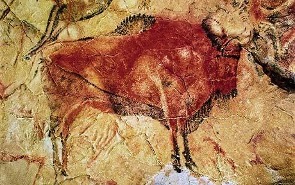 Altamira caves- Cantabria region, Spain, Photo: Getty Images
Altamira caves- Cantabria region, Spain, Photo: Getty Images
The Laas Geel caves are located approximately 37 miles north of Hargeisa; reached by the road to Berbera. They are situated near a sandy wash, 3.5 miles off the main road. Access to the area requires a four-wheel drive vehicle, over an unmarked rutty-trail. The granite outcrops appear like any other, until you examine closely the shallow enclosed areas near the upper reaches. In Somali language Laas Geel means, “Where the camels once watered.”
The French archeologists have dated the Laas Geel cave paintings as being 5,000 years old. Adjacent paintings reportedly could date back almost 10,000 years. Some of the paintings show the indigenous nomadic people worshiping cows. Other scenes show animals include giraffes, dogs, antelopes and camels.
The Laas Geel rock art is reportedly among the oldest found in Africa. This incredible archeological find deserves to be designated as a UNESCO World Heritage site. With good highway signage, better vehicular access, and an improved visitor center, this precious repository of ancient rock art, could become a major boost to the local economy—a tourist attraction for Somaliland.
Photo Gallery: Laas Geel cave paintings- Near Hargeisa, Somaliland
Laas Geel- Enlarged rock painting of early nomadic herders worshipping livestock, Photo: John Price










